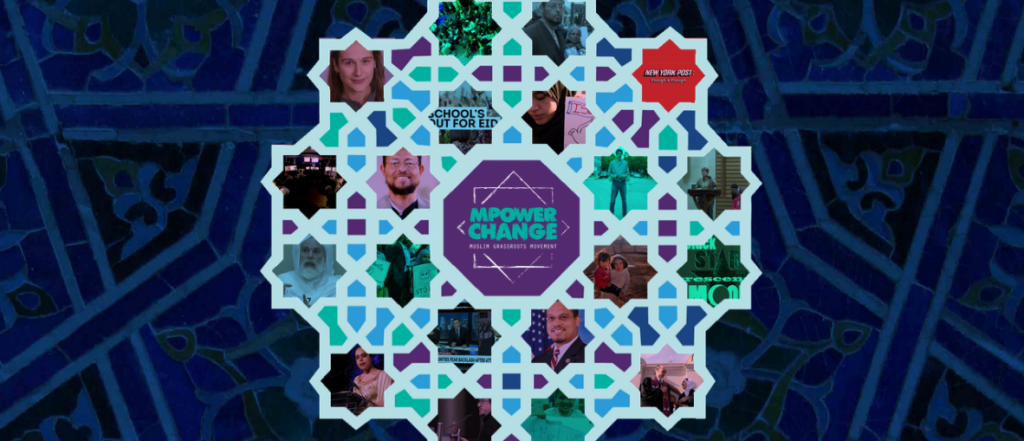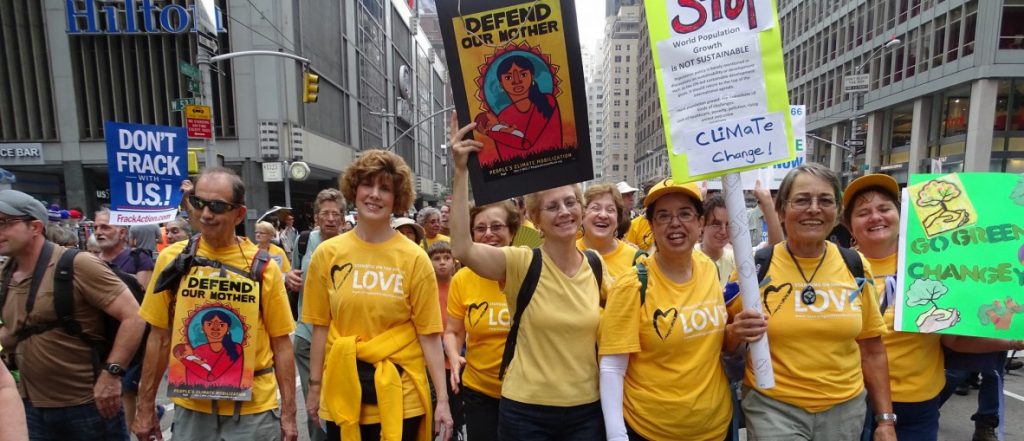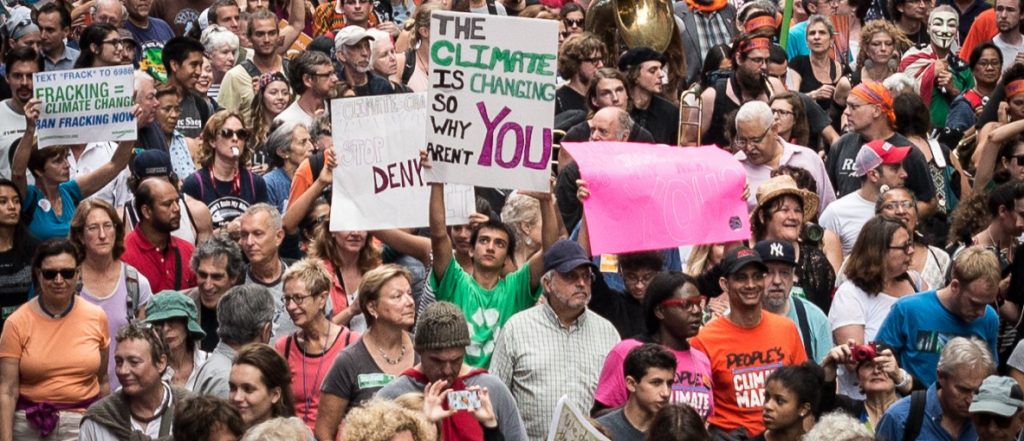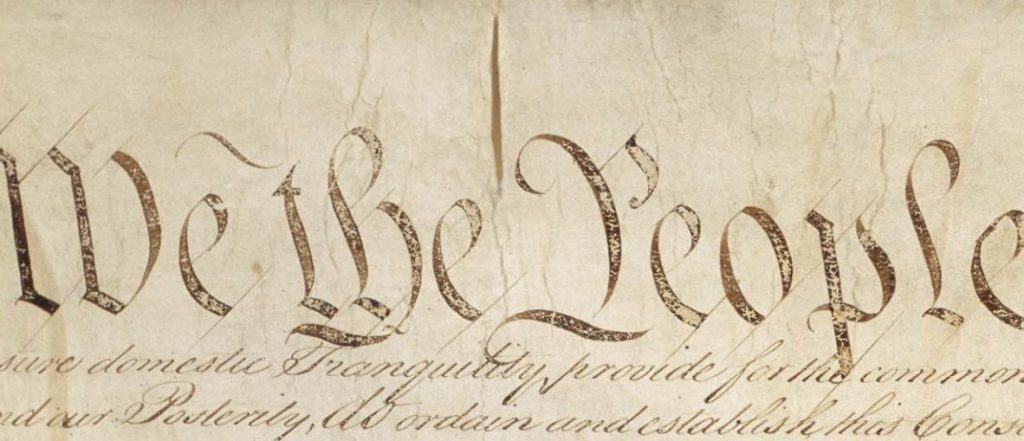TWO NEW PLATFORMS FOR AMERICAN MUSLIMS TO ORGANIZE ONLINE
- JESSICA MCKENZIE
- December 23, 2015
- 4:38 pm

After the San Bernardino shooting earlier this month, California-based neurologist and social activist Faisal Qazi started a fundraiser for the victims’ families on LaunchGood, a crowdfunding site run by and for the Muslim community. Qazi launched the campaign before it was even known that the perpetrators of the shooting were also Muslim, but when the fact emerged, the fundraiser gave the Muslim-American community an outlet to demonstrate solidarity with the victims and their families, and to distance themselves from the violence perpetrated—an outlet increasingly necessary if American Muslims are to counter the Islamophobia proliferating in public and private discourse right now. More than 2,000 supporters raised a total of $215,515.
“This united American Muslim campaign aims to reclaim our faith from extremists by responding to evil with good,” said co-organizer Tarek El-Messidi in a campaign press release.
LaunchGood, which celebrated its two-year anniversary in October, and MPower Change, a digital organizing platform that quietly launched this fall, together are carving out space for American Muslims to communicate, collaborate, and agitate online. While other ethnic and religious groups have long had dedicated online platforms for political organizing—African Americans have Color of Change; Latinos have Presente; Asian Americans have 18 Million Rising; Christians have Faithful America—MPower Change and LaunchGood are among the first digital organizing platforms for American Muslims.
In a recent interview with Colorlines, MPower Change co-founder Linda Sarsour bemoaned the lack of platforms for civically-minded American Muslims:
We’ll have a social media campaign that will get buzz for a day or two but we lose people immediately after the frenzy. The Muslim community has been able to have a few campaigns that have trended and shift the conversation, but once they’re over we have to start from scratch…We want to create our own online base that we can consistently engage on multiple issues.
The appeal of a crowdfunding site by and for Muslims was two-fold, LaunchGood co-founder and COO Amany Killawi tells Civicist. During the five years she worked as a community organizer, primarily with inner-city youth, Killawi had crowdfunded several programs and had become aware of the “transformative” power of crowdfunding. She liked that it was decentralized and transparent, that it activated the community, and that it generated publicity for community projects and activism.
As for her co-founder Chris Blauvelt, Killawi said that he was one of the first Muslims to enter the crowdfunding space. In 2010, just over a year after Kickstarter launched, Blauvelt started a crowdfunding campaign there for Bilal’s Stand, a film about a Muslim teen he helped produce, and which was eventually screened at the Sundance Film Festival. Killawi said Blauvelt saw how crowdfunding campaigns were impacting the mainstream, pointing out that a not-insignificant number of Sundance films start out as Kickstarter projects—10 percent in 2012, the year before they started LaunchGood—and he wanted to see the global Muslim community benefit from the same groundswell of support.
“The mission of LaunchGood is to inspire everyday Muslims to just do amazing work,” Killawi explains, adding that the work does not have to be restricted to the Muslim community. She cites a LaunchGood campaign to help rebuild the primarily-black churches in Tennessee, Georgia, and the Carolinas that were targeted by arsonists earlier this year.
According to LaunchGood’s online statistics, 491 projects have been funded, with 30,745 users raising over 5 million dollars. They also boast higher success rates than other top platforms like Kickstarter and GoFundMe.
Even so, the fundraiser for San Bernardino families broke site records, Blauvelt told the Los Angeles Times, with pledges at one point topping out at $1,000 an hour. Qazi and co. raised more than $215,000 in total for the victims and their families. Qazi told the Los Angeles Times that the money would be distributed through San Bernardino County and the United Way.
“These campaigns start to counter the narrative of who Muslims really are,” Killawi said. “You’ll see on Yahoo news Trump saying ‘Ban All Muslims!’ and right next to it ‘Muslims Raise $100,000 For San Bernardino.’ There’s nothing like putting money where your mouth is.”
Killawi reports that growth is strong, especially after the slow start for the first six months after launching, and that they are looking to expand to Canada and the U.K. in the near future.
If LaunchGood has become a place for the Muslim community to respond to collective tragedy (among other causes), MPower Change is the place for harnessing collective outrage. Although co-founder Mark Crain tells Civicist that a platform like this has been a subject of conversations between Muslim activists since 2011, it wasn’t until late this September that, in partnership with MoveOn, they put out their first online campaign—a petition to ban Ben Carson from GOP debates unless he recanted several outrageous statements about Islam.
Other MPower Change petitions released since September include one asking that the AP use Daesh instead of “Islamic State”, and one asking that the New York Post stop inflammatory reporting on terrorist attacks like the one in San Bernardino. This rapid-response, roll-with-the-media-cycle activism follows in the tradition of MoveOn, where Crain works as a campaign director, and the suite of progressive online organizing platforms that MoveOn inspired and supported in the years after launching.
“This sort of model works best in moments of collective outrage,” Crain said. And, he suggests, that’s good enough for MPower, especially in these early days.
He elaborated:
Once we’ve established ourselves, and our membership has really grown, and we’ve spent some time cultivating relationships with those members, and we’ve identified the emergent leaders out of the bunch, there’s going to be an opportunity for us to invest in some long-term campaigns. But this model is probably best suited to work in rapid response moments, moments where egregious statements are made or egregious actions are taken by someone and it’s sort of in the zeitgeist, it’s being popularly covered by the media or it’s taken over social media…and people are looking for an opportunity to respond. We’re here to give them that vehicle to respond.
In order to do so, Crain said that as an organization they need to demonstrate a theory of change for why the requested action—signing a petition or similar—is actually going to make a difference.
Take the petition responding to the New York Post’s flawed reporting on San Bernardino. “Maybe they’re not going to issue a retraction,” Crain said, “but over time, our presence as an organization that’s mobilizing people to push back and say ‘this is unacceptable,’ is going to change the way in which [journalists]…cover this issue.”
When asked how MPower Change will resolve conflicting views in their membership base, Crain said, “We’re not required by any means to take on every issue that has ever plagued the Muslim community.”
“Our job,” he added, “is to identify those moments in which our membership is united around taking an action and then to give them an opportunity to express themselves.”
MPower Change is preparing to hire its first campaign manager. Although they are a new addition to the online progressive sphere, with support from organizations like MoveOn—not to mention the grassroots organizations many of MPower’s leadership come from—they are surely a player to watch, especially in the current political climate.











 “If you know anything about Rochester,” he tells Civicist, “[that’s] really unusual.”
“If you know anything about Rochester,” he tells Civicist, “[that’s] really unusual.”


